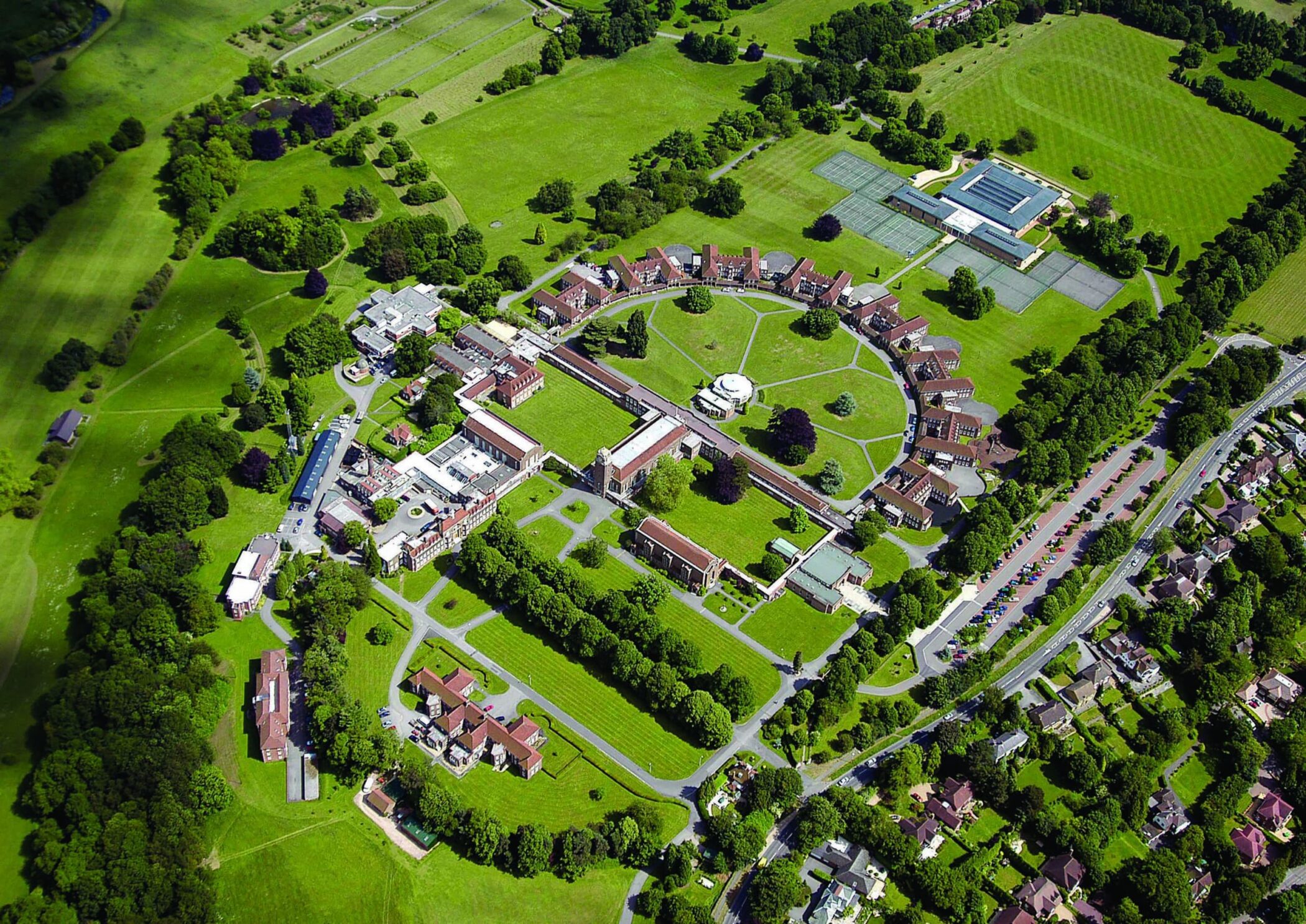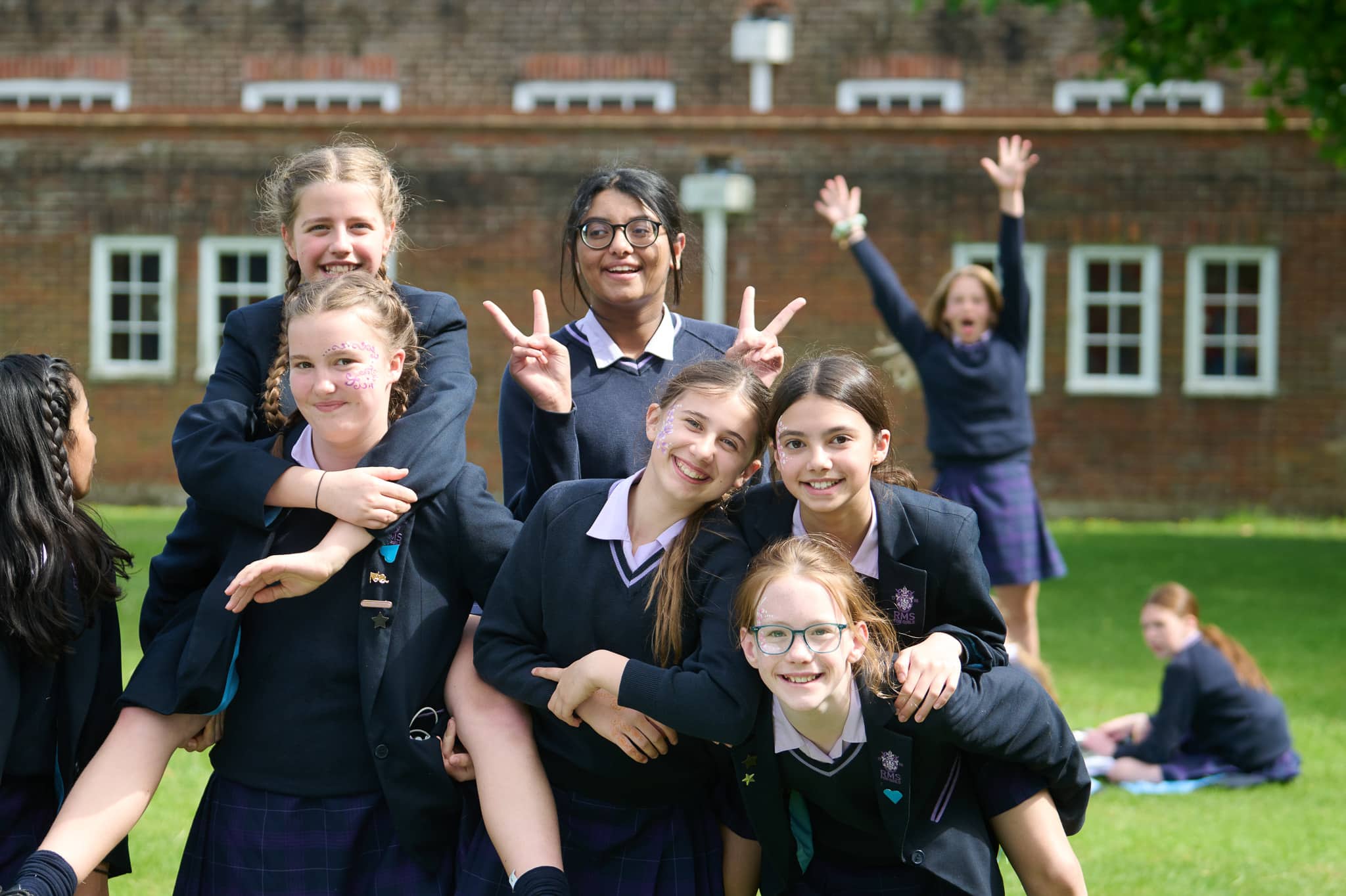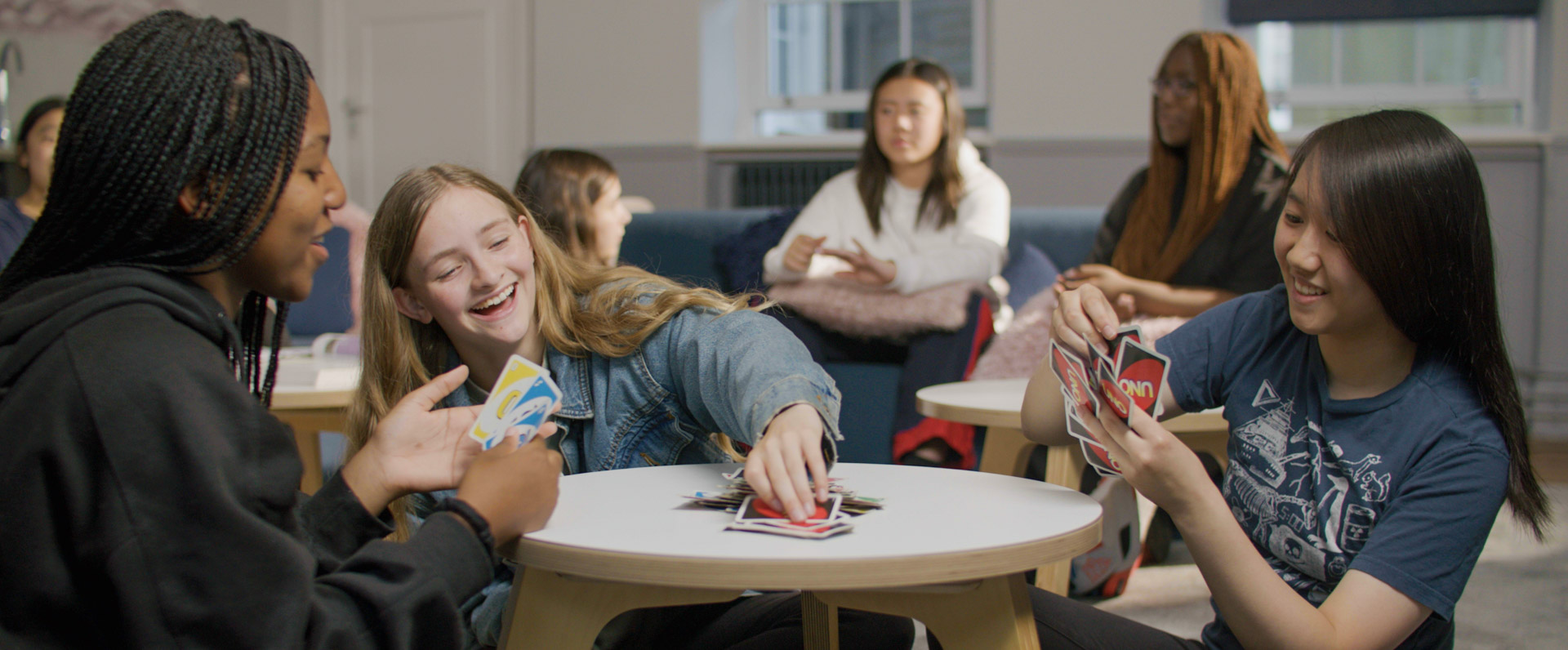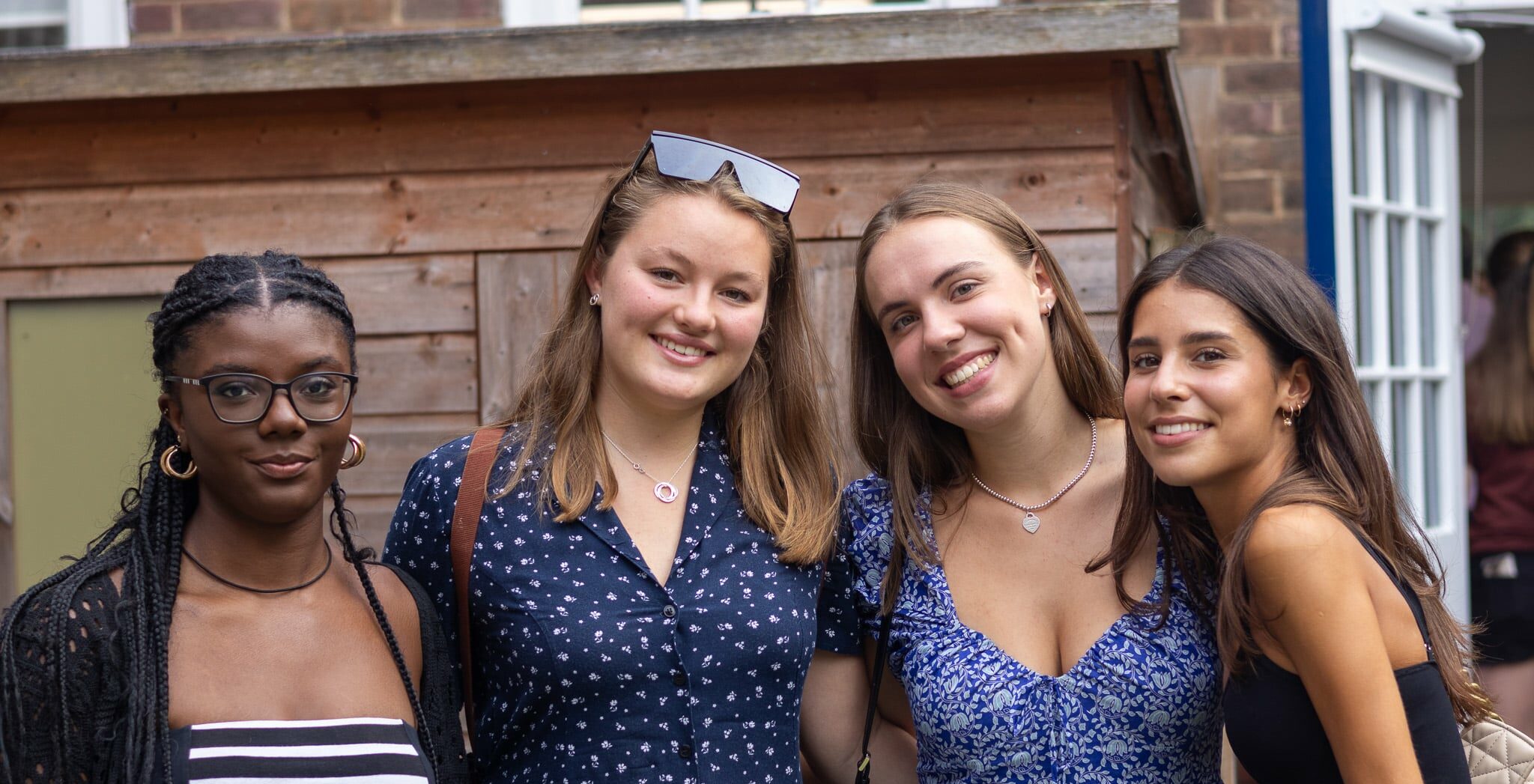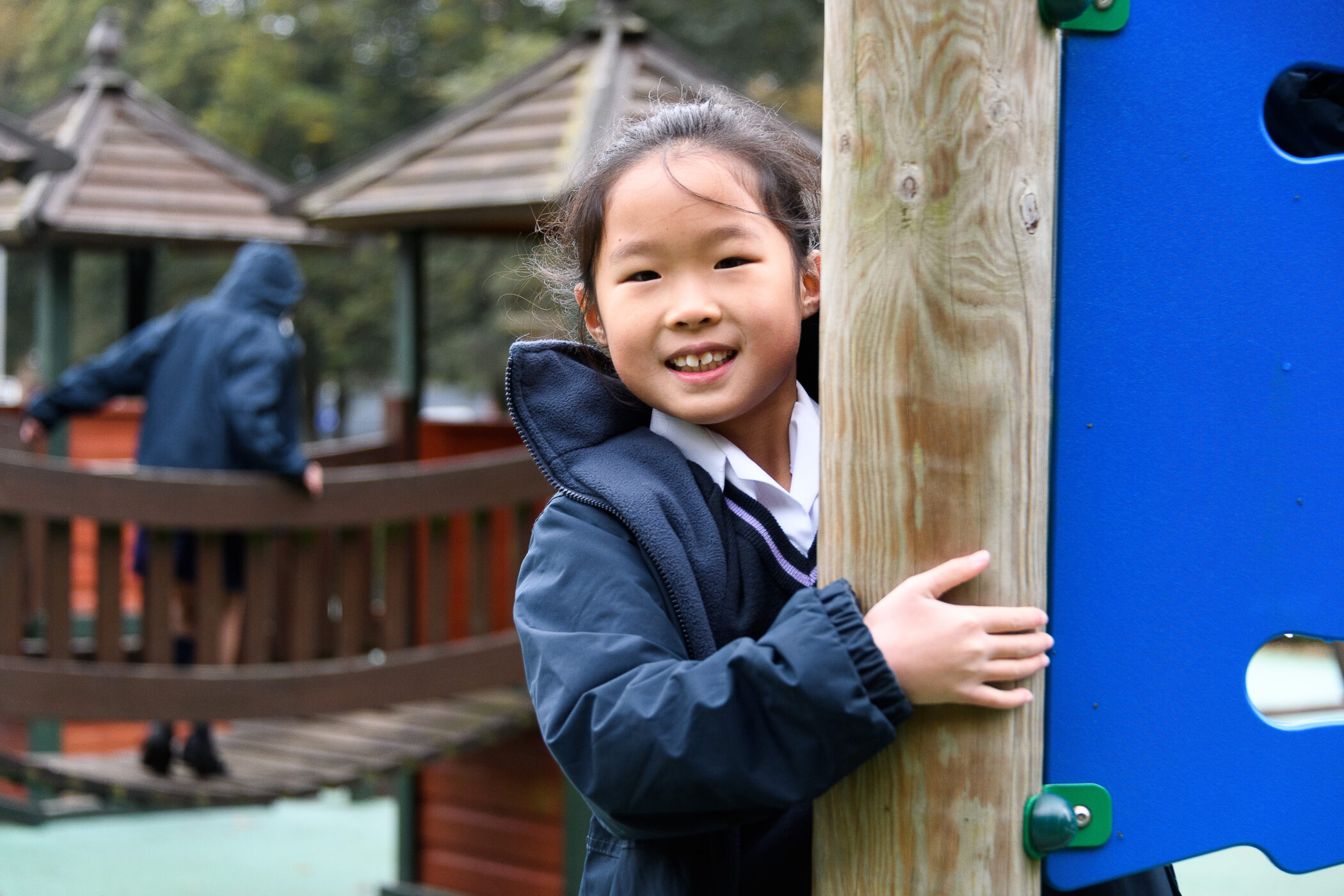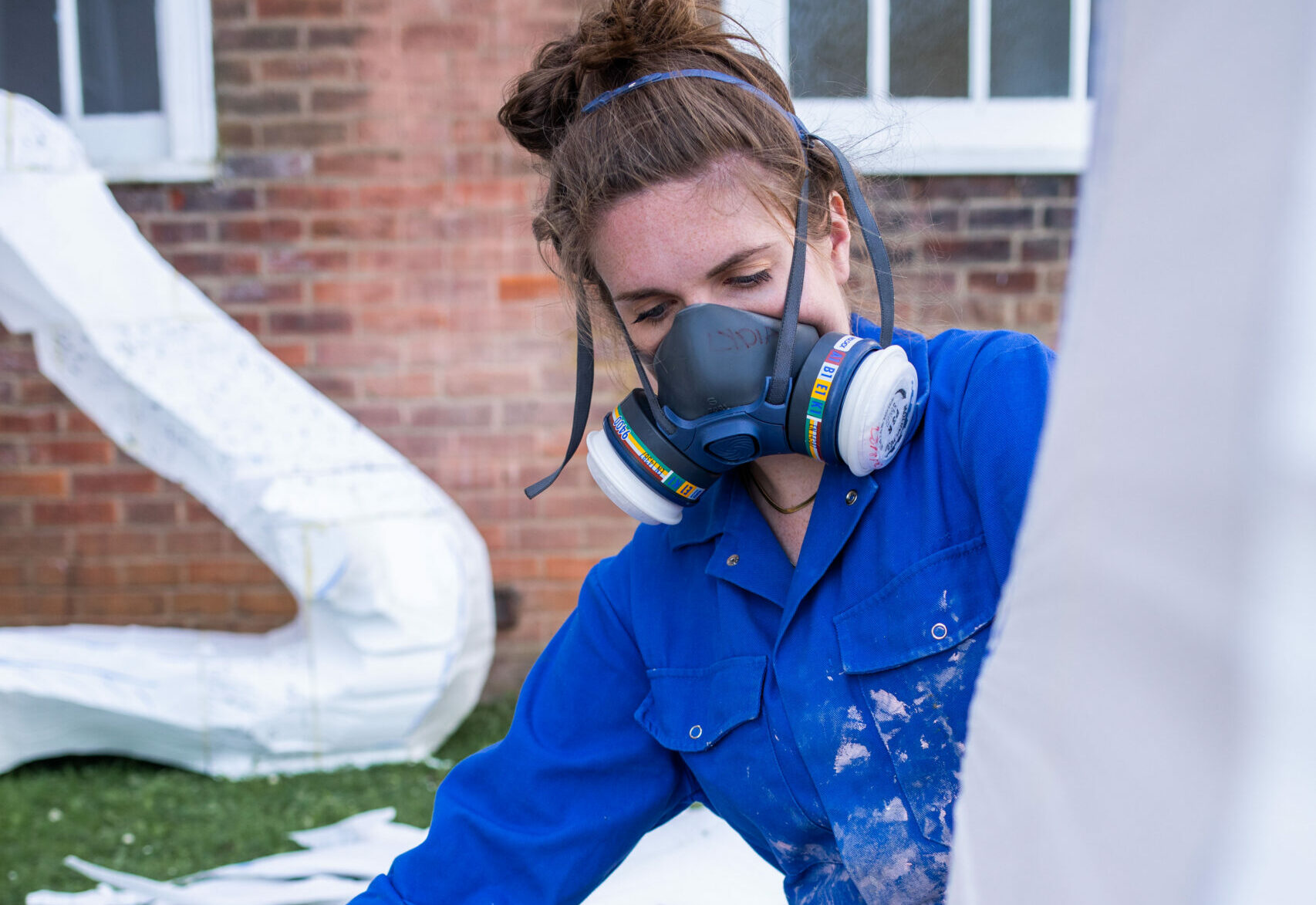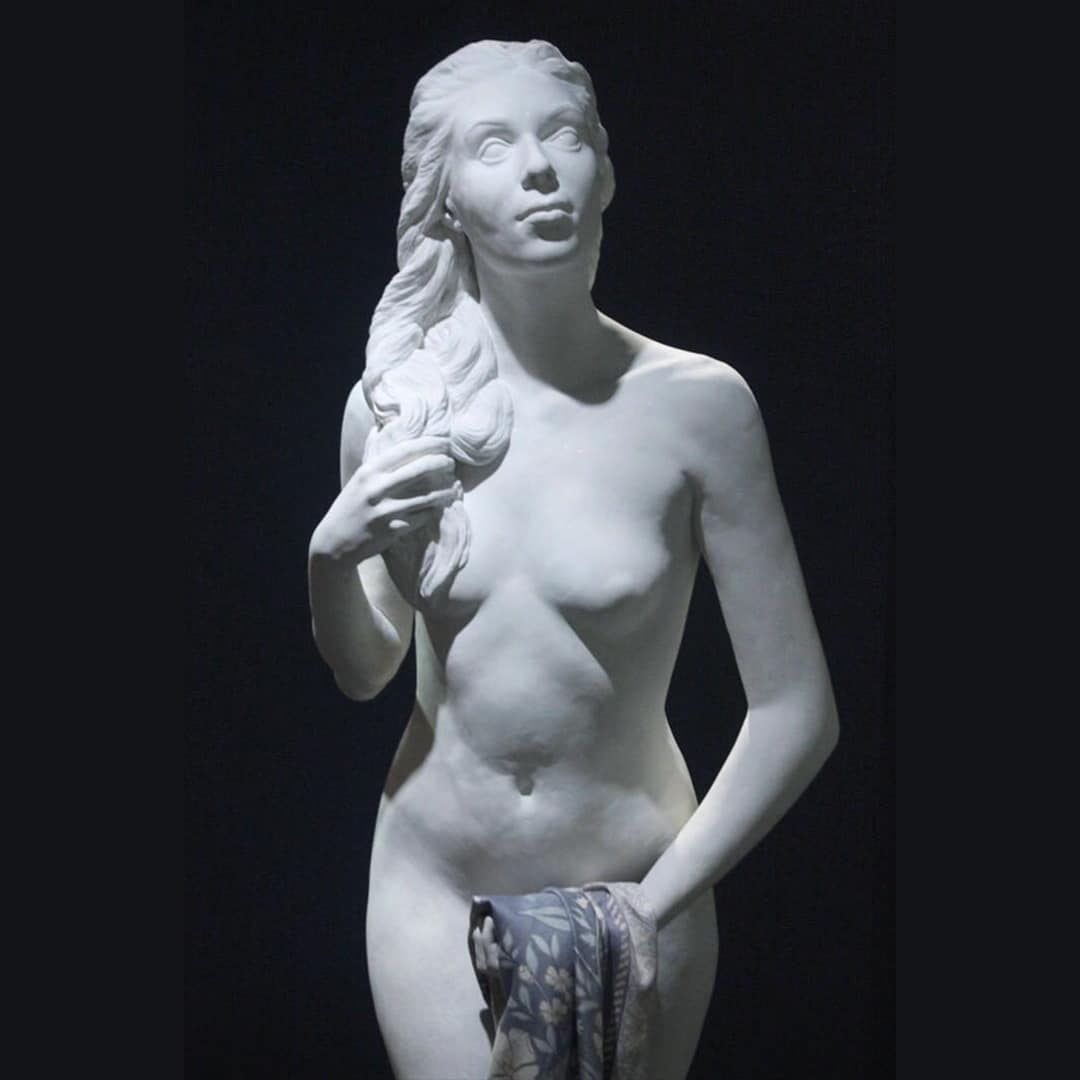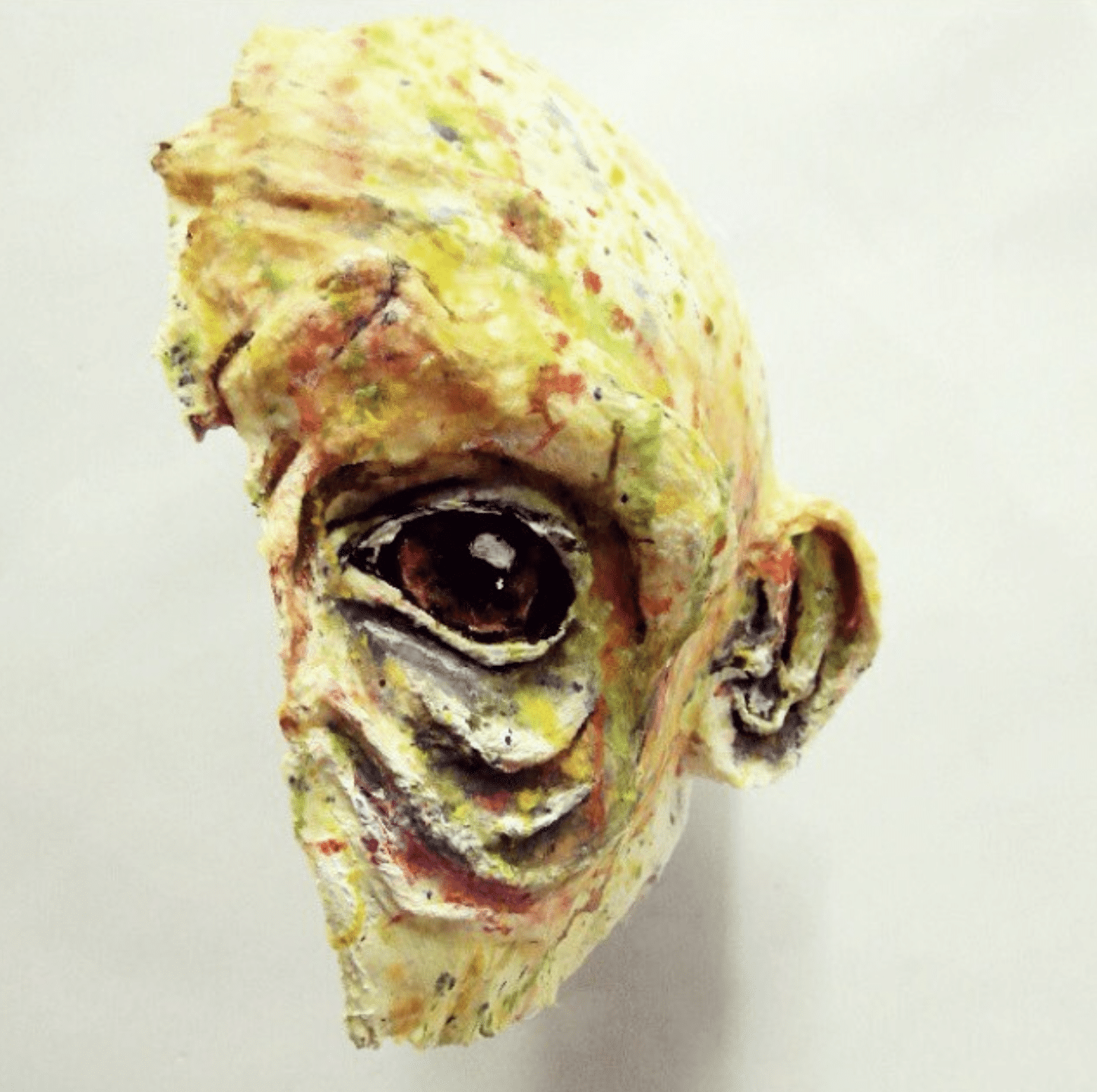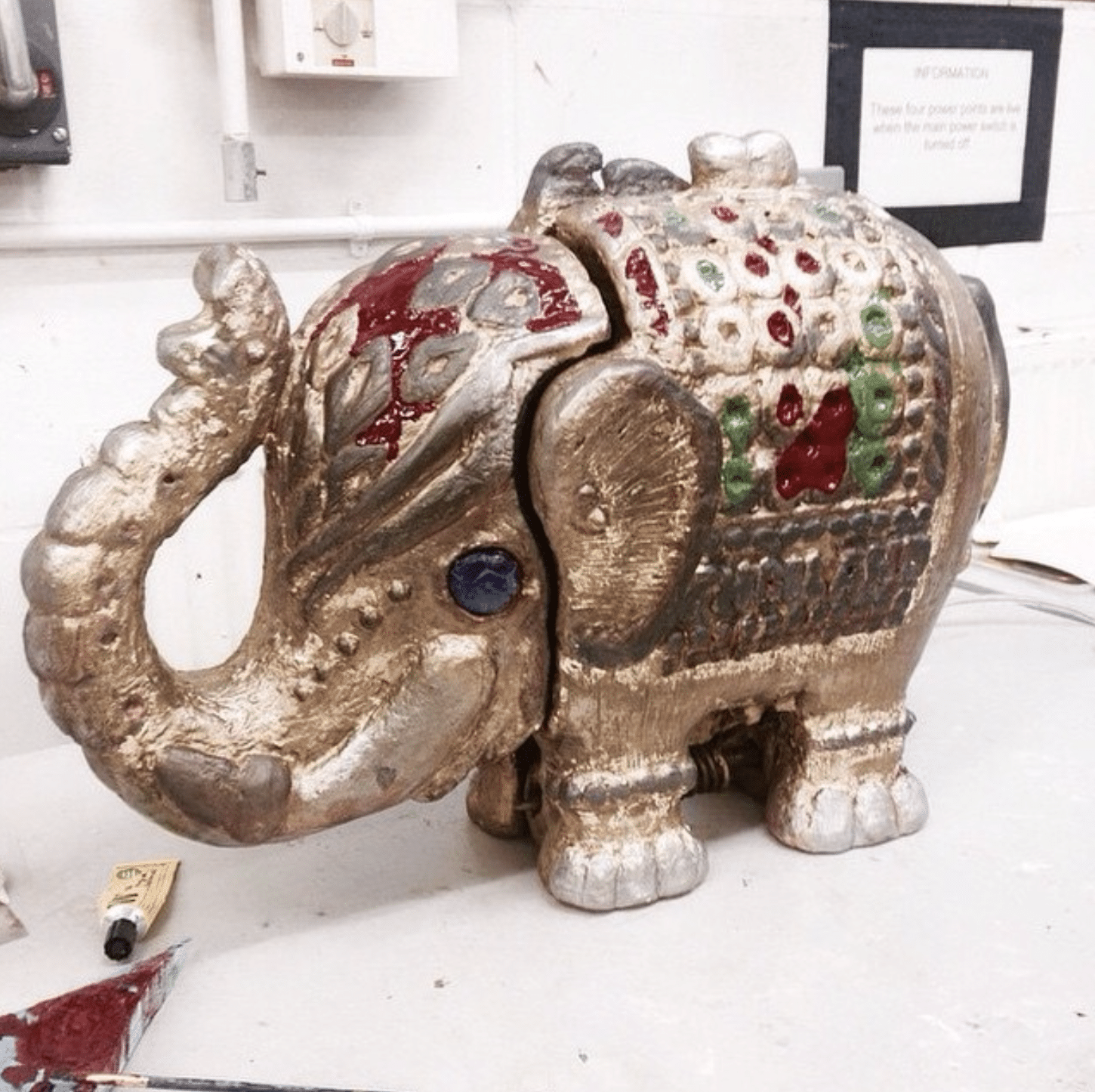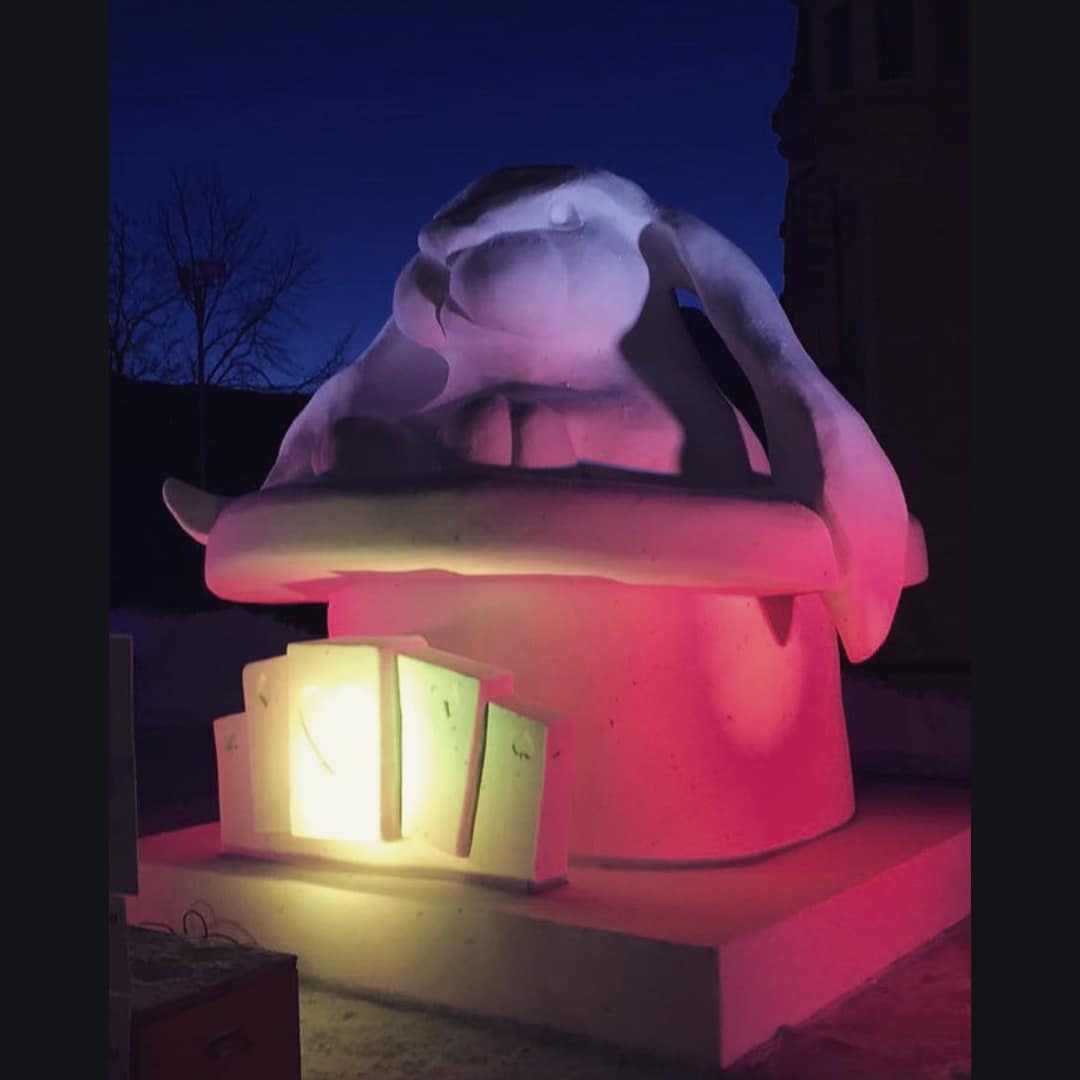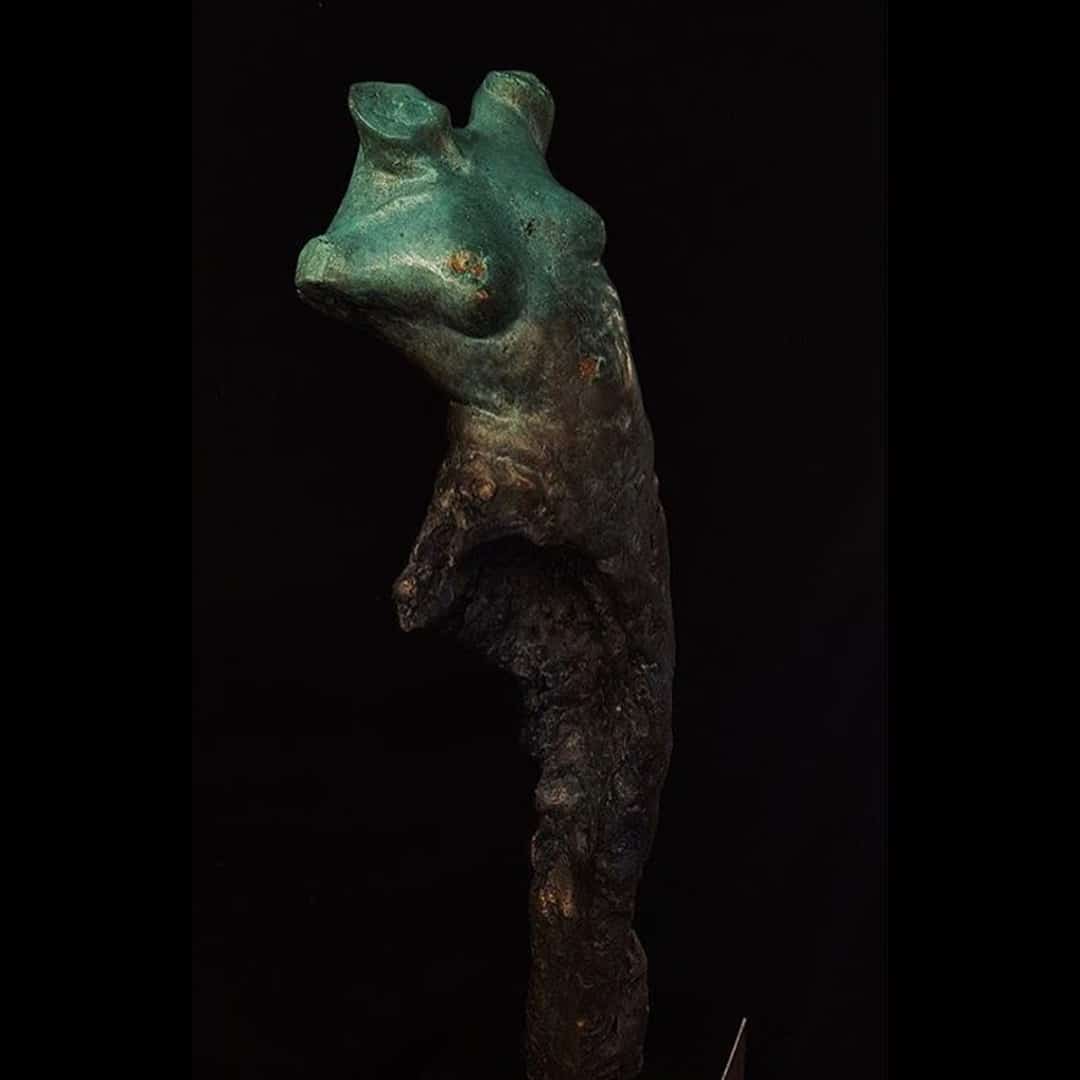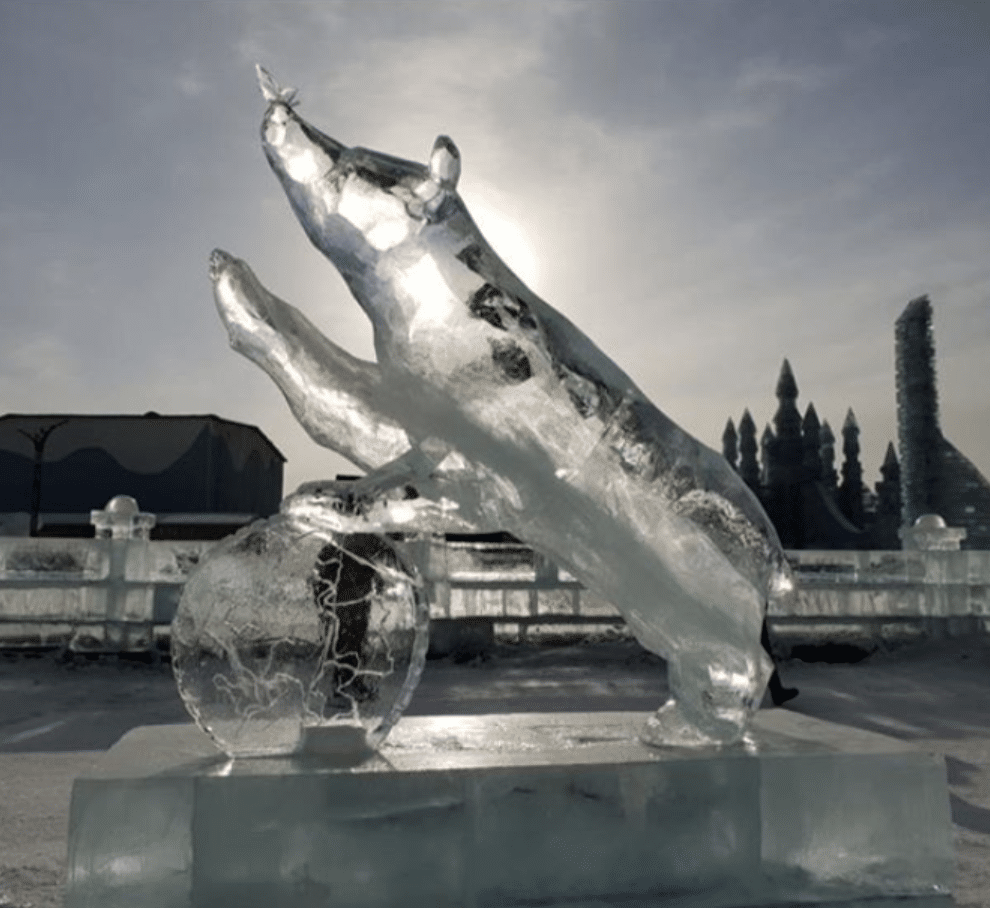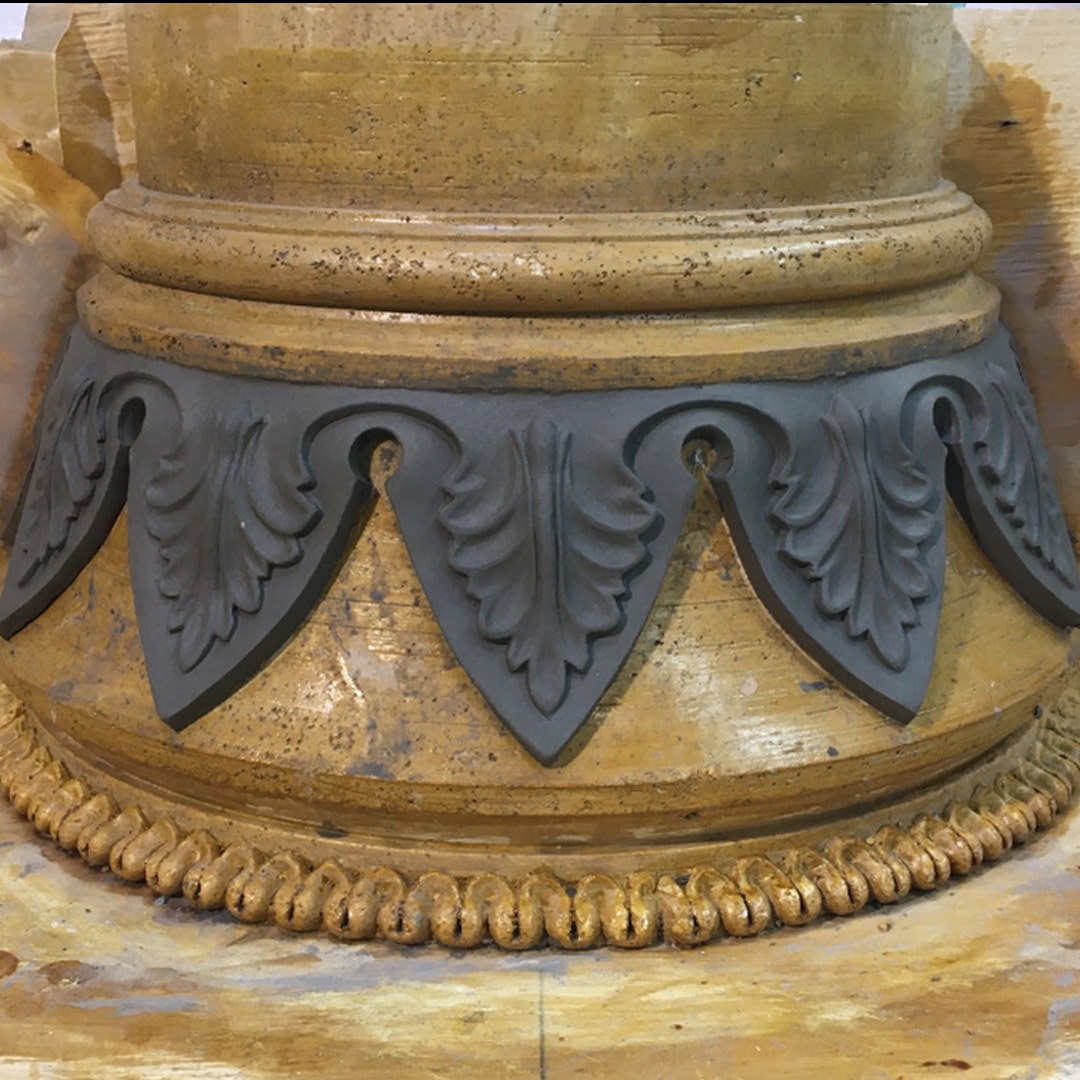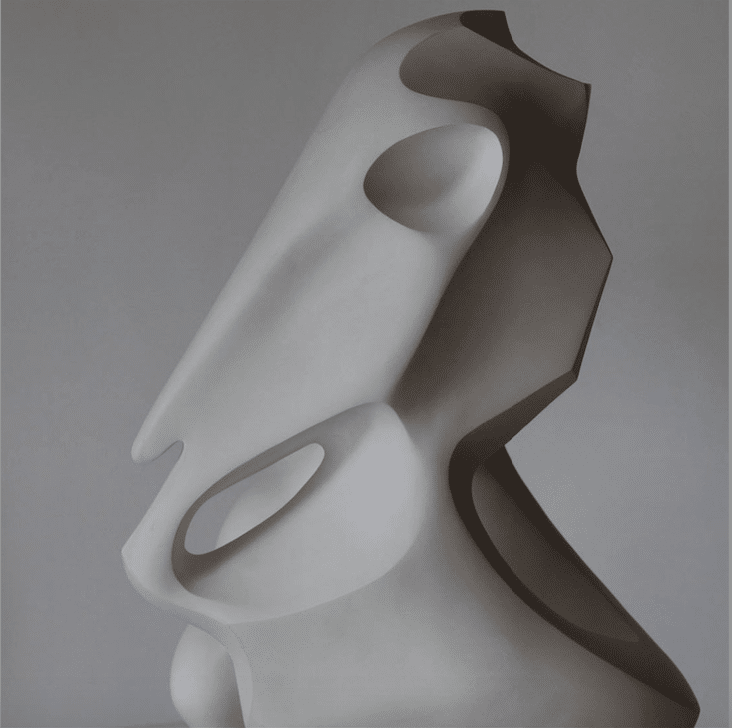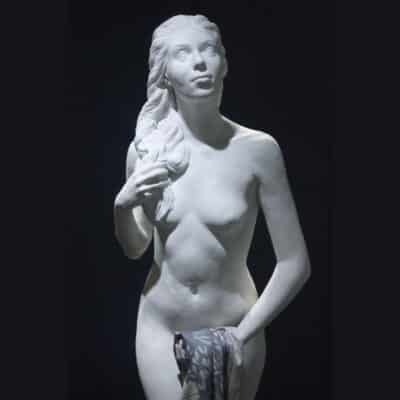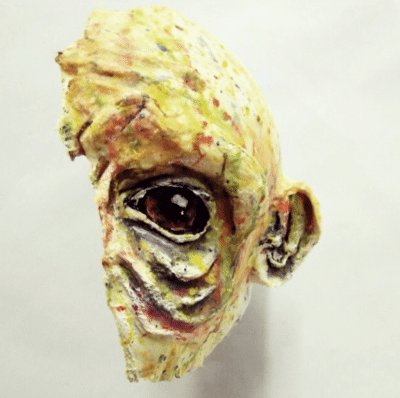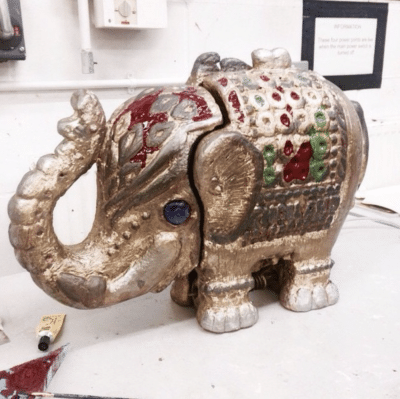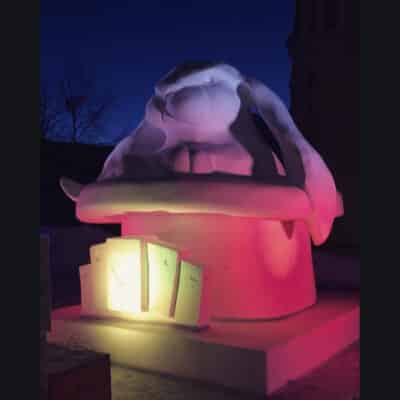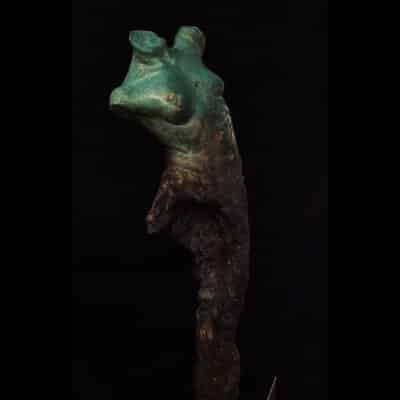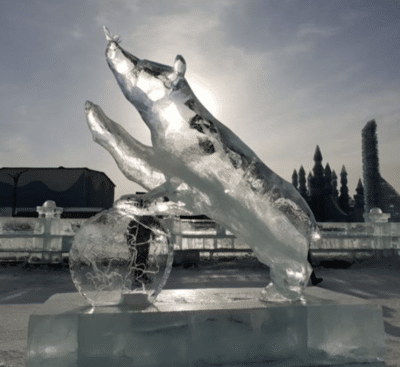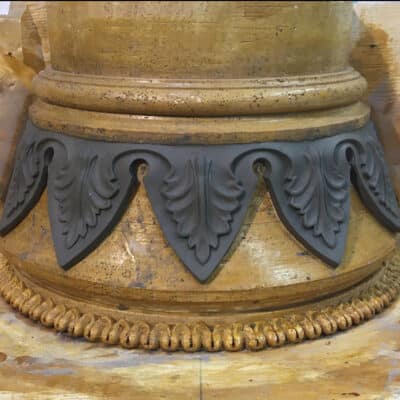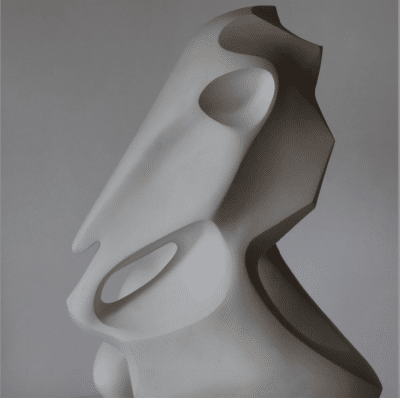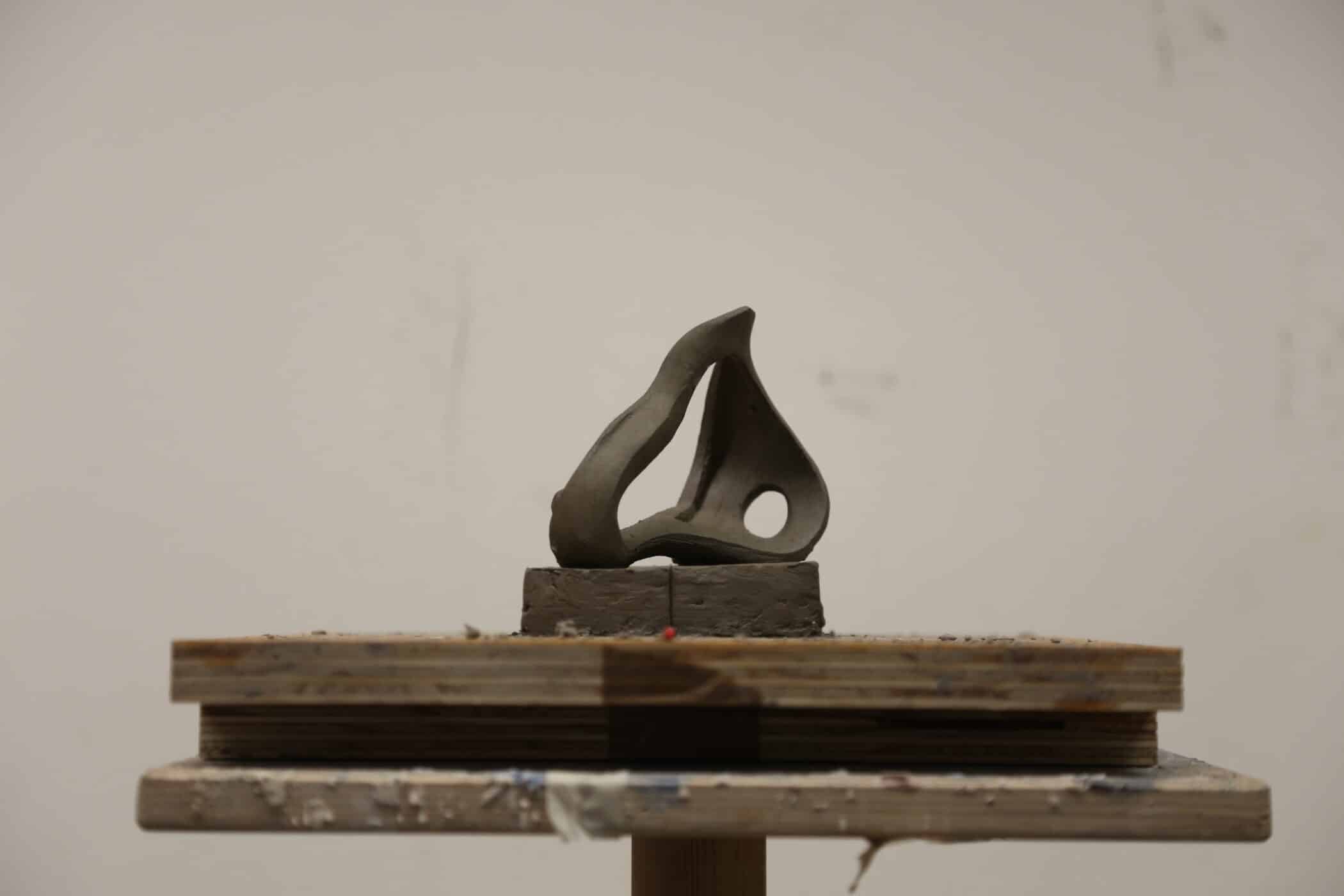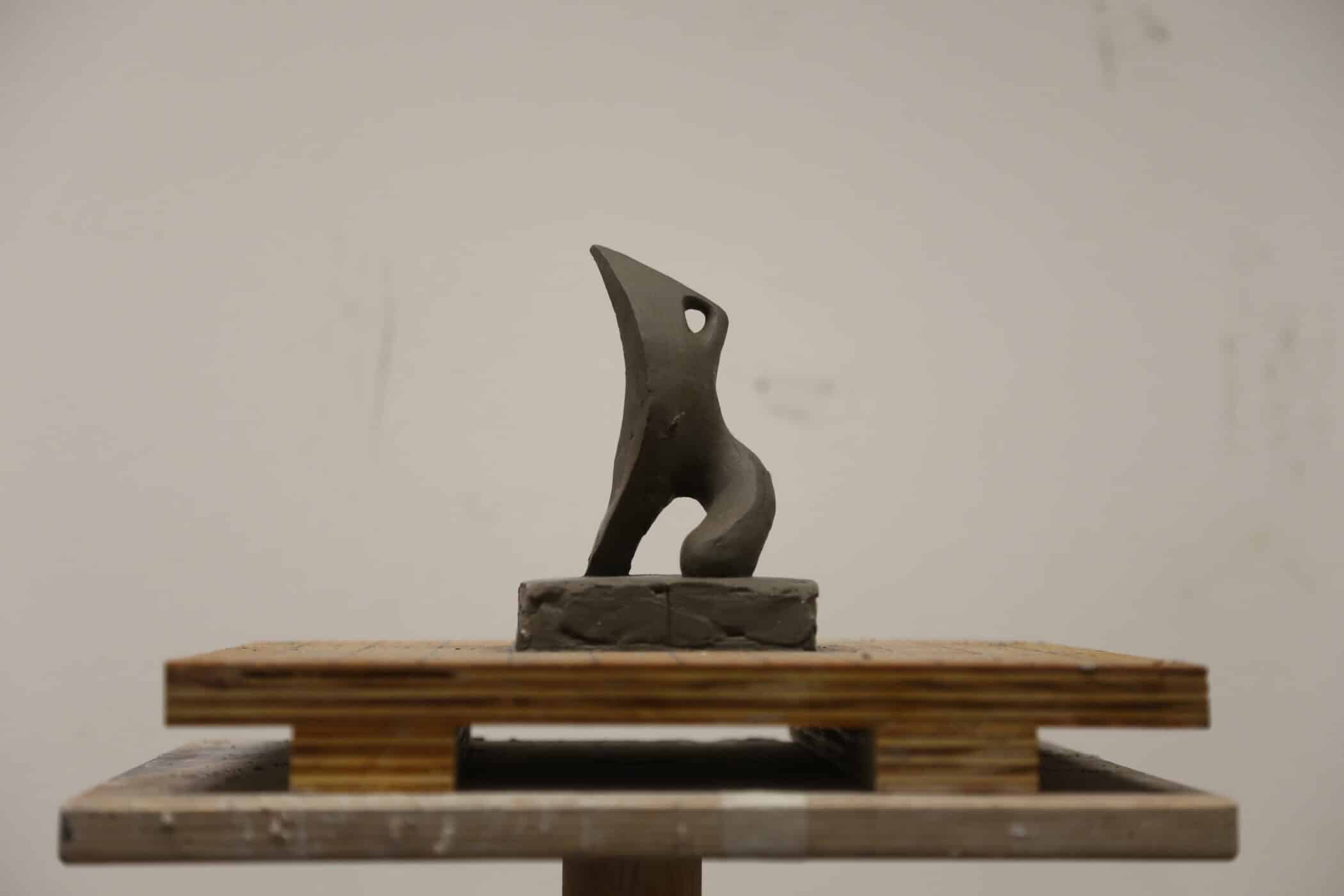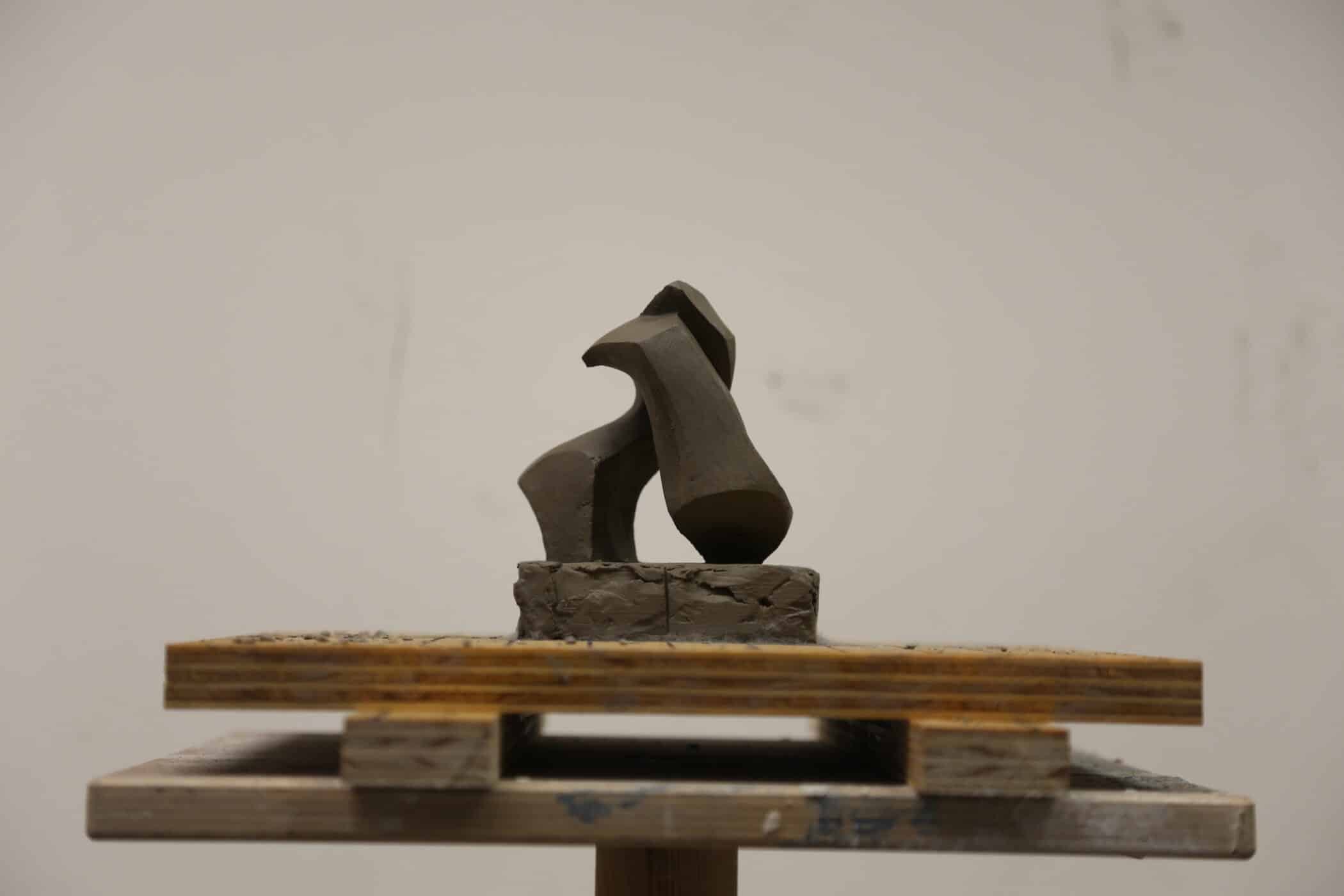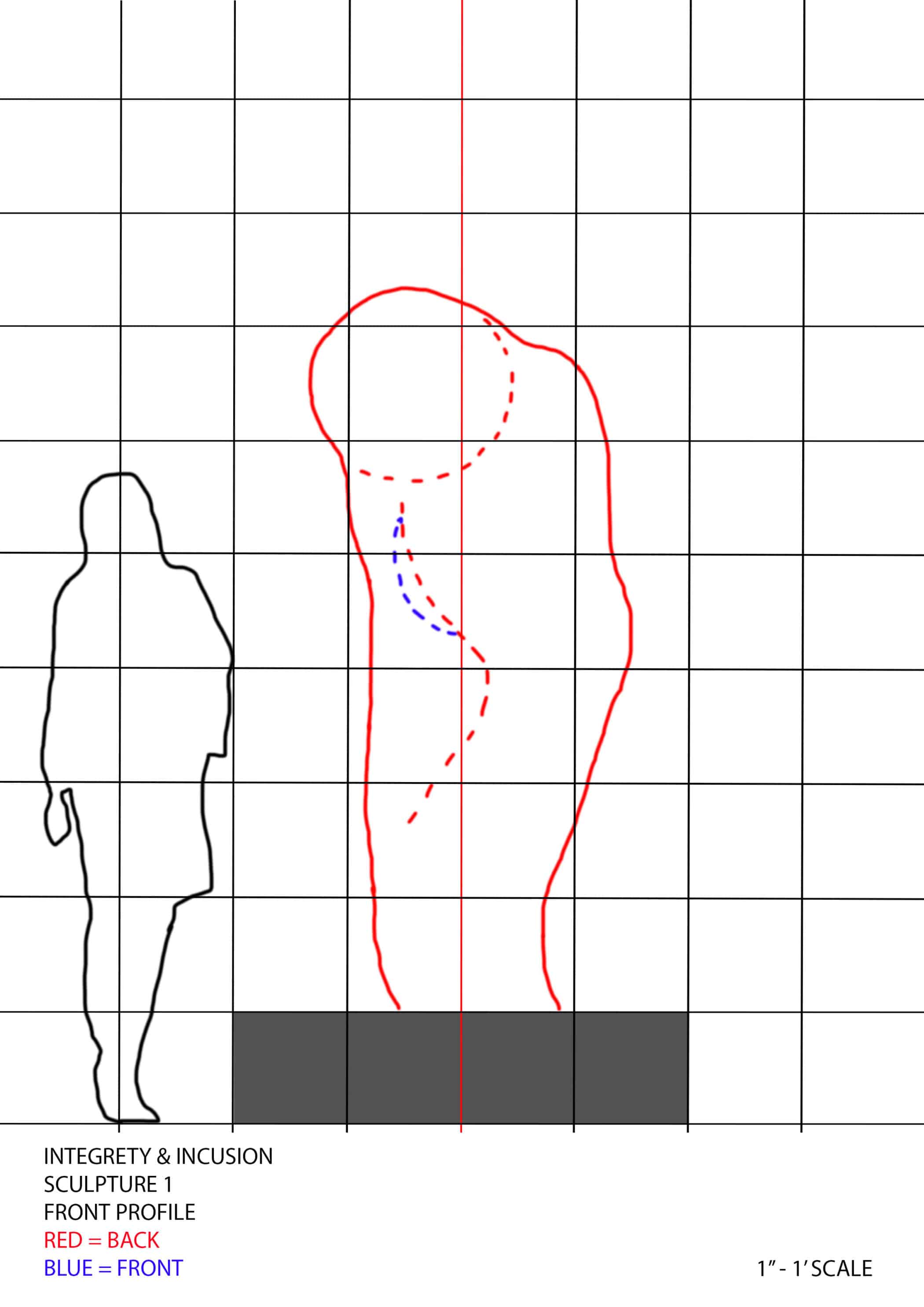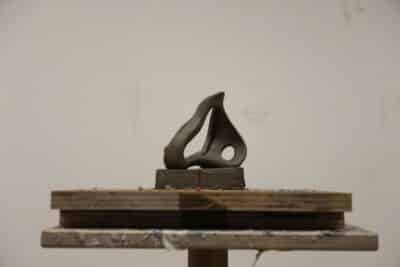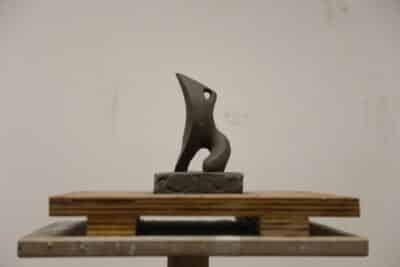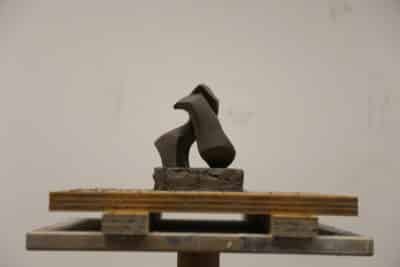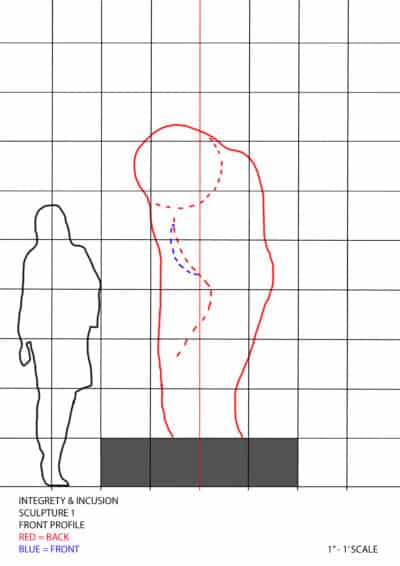Lydia Smith, our current Artist-in-Residence at RMS for Girls, will be publishing a fortnightly creative column on our website and via our regular parents communications. The purpose of this column is to give insight and updates into the work that Lydia is doing here at RMS.
I hope you have all had an enjoyable start to the term and are wrapping up warmly! I’m Lydia Smith, the Artist-in-Residence at RMS, and this is the second edition of my creative column.
If you are new to my column, you can reflect on previous entries below.
Today, I will dive more into my process of creating the RMS sculptures. I have worked with various materials in my artistic career, especially sculpting. I have worked with Paper Mache, Clay, Plaster, Jesmonite, Polystyrene, Snow, Ice and Bronze. My favourite material to work with is clay because it is so malleable and allows me to quickly change a sculpture’s direction, putting no boundaries on my creativity.
Photos: Sculptures Lydia has made from various materials. Jesmonite – 2017 by Lydia Smith, Paper Mache – 2013 by Lydia Smith, Polystyrene – 2015 by Lydia Smith, Snow – 2016 by Lydia Smith, Bronze – 2019 by Lydia Smith, Ice – 2019 by Lydia Smith, Clay – 2020 By Lydia Smith and Plaster – 2021 by Lydia Smith.
The original maquettes (miniature sculptures in preparation for large-scale) of the sculptures are made out of clay. Each sculpture represents values that the community at RMS shares; these are non-tangible concepts, shifting and changing in meaning, and they have no physical form; using clay allowed me the space to meditate on the design and see what unfolded.
Photos: Images of clay maquettes. Ambition & Perseverance, Shape Your Future, Courage & Kindness and the template for Inclusivity & Integrity.
Once I had locked in the design, I then photographed the maquettes. I could then create a template of each sculpture’s four sides in Photoshop. The templates are created using a grid of one-inch squares; these squares relate to one-foot squares when scaling the templates up to full size.
I remember when I was in school, I wasn’t a big fan of maths lessons, one reason being that I’m dyslexic, another was because I was too focused on my art to care about any other subject! I quickly realised that in the working world as an artist, you rely on skills you never thought you needed – i.e., Mathematics!
I use mathematics to create sculptures, mix materials by percentages, and, most of all, balance the business books. I never thought I would be interested in finance, but it has become another passion. Knowing maths and finance helps me progress in my profession and grow my business.
I found it difficult in school and still do occasionally today, but having a passion for success has enabled me to look past the difficulties and enjoy taking control of my financial future
While we are on this topic, for any budding artists out there reading this, a big piece of advice is to learn about the different types of self-employed listings on HMRC. It might seem dull, but university and college will not teach you this – I know it’s ridiculous – you are out on your own. Read up on the government website and see which one fits you best. I am a sole trader, and I do not need a business bank account to operate; some business accounts have charges, so try to avoid these whilst you can. That being said, none of this is financial advice; please do your own research.
For those who are keen to know more, you can email me at lydia.smithsculpture@gmail.com if you have any questions. My email is open to all regarding advice, sculpture enquiries and commissions. You can also find me at www.lydiasmith.gallery
The next creative column will be released on the 2nd of February; talk to you then!
Warmest wishes,
Lydia Smith

